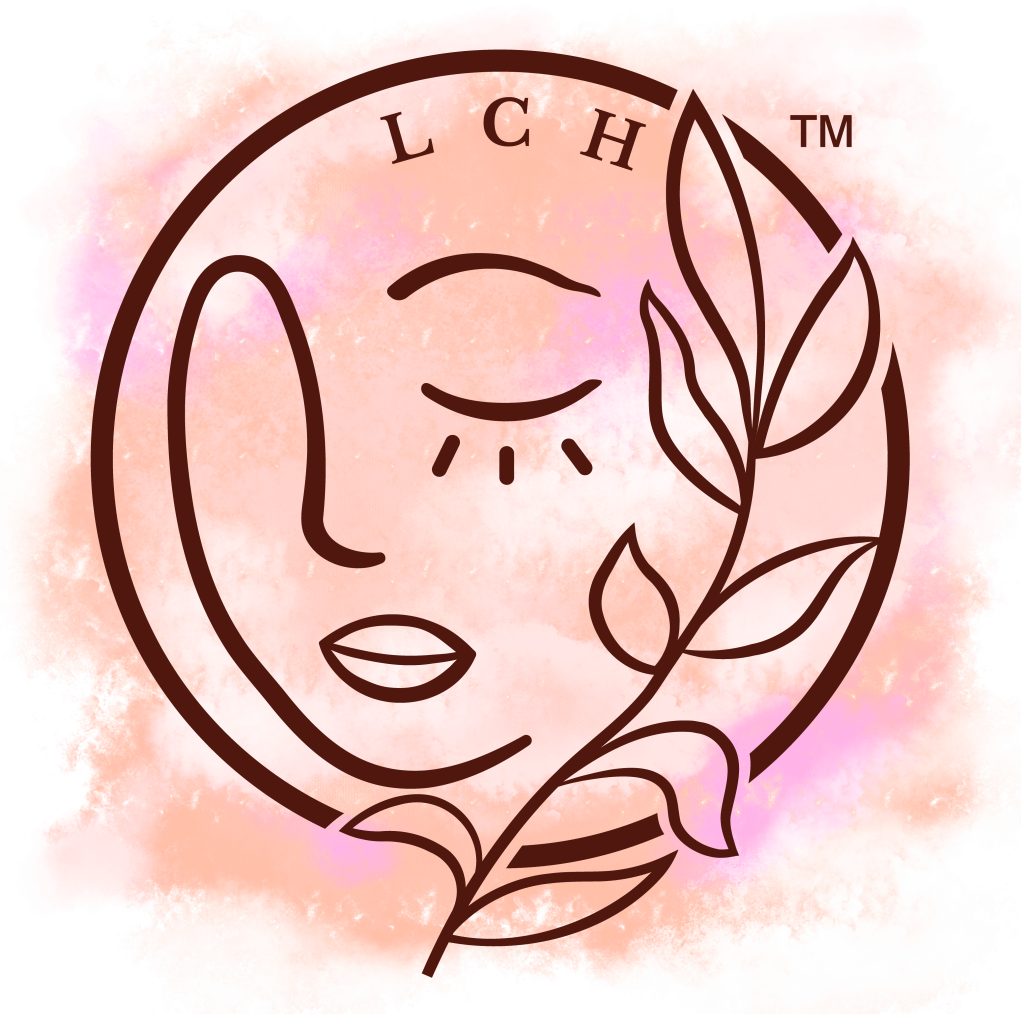The Triple Gift of the Bitter Orange Tree: Your Comprehensive Guide to Bitter Orange Essential Oil
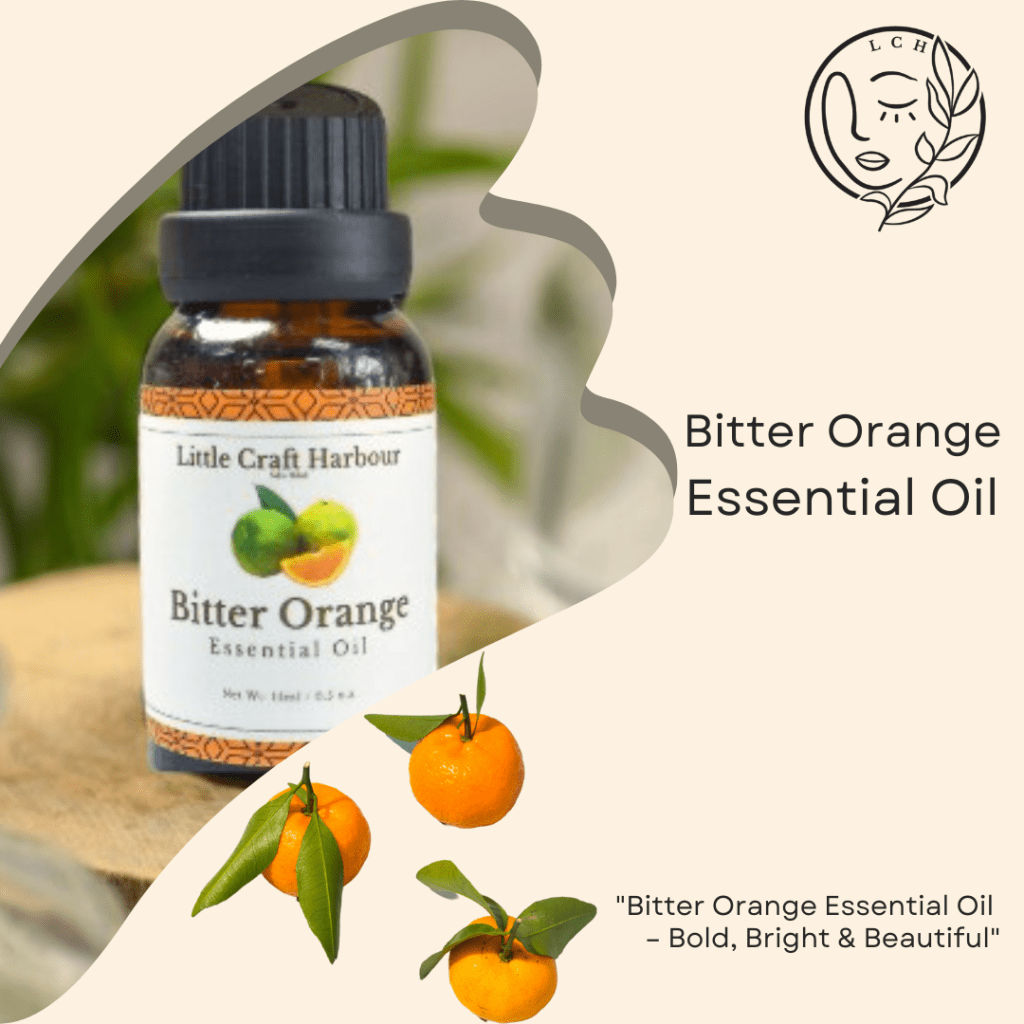
Bitter orange essential oil is a powerful, versatile oil that brings a bold, bright, and beautiful aroma to any blend. But its story is more complex than a simple citrus scent. Did you know that the bitter orange tree is a “triple gift” to aromatherapy? From its flowers, we get the calming, exquisite scent of neroli; from its leaves, the fresh, crisp notes of petitgrain; and from the fruit’s peel, the vibrant, zesty oil we’re exploring today: bitter orange essential oil. This incredible tree, Citrus aurantium, truly is a powerhouse of botanical goodness.
What is Bitter Orange Essential Oil?
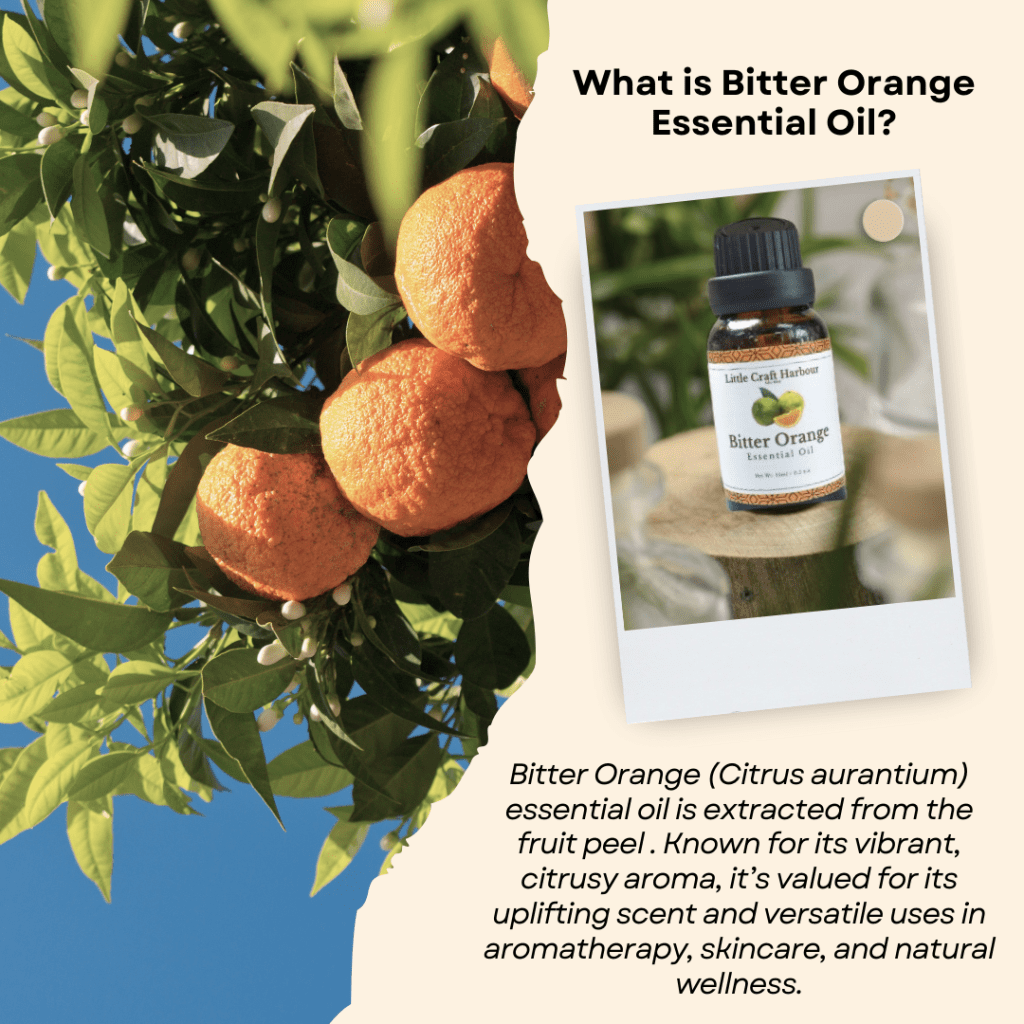
Bitter orange (Citrus aurantium) oil is extracted from the fruit’s outer rind through a process called cold pressing. This method doesn’t use heat, which means the oil keeps its pure, delicate aroma and therapeutic properties.
If you’re familiar with sweet orange oil, think of bitter orange as its more sophisticated cousin. Sweet orange is cheerful and candy-like. Bitter orange, on the other hand, is complex, dry, and slightly green—making it perfect for people who want something a little more grown-up and layered in their blends.
When you open a bottle of high-quality bitter orange essential oil, what you’re really experiencing is the truest expression of the fruit itself—bright, crisp, and completely unspoiled.
The Triple Threat: Unpacking the Three Oils from One Tree
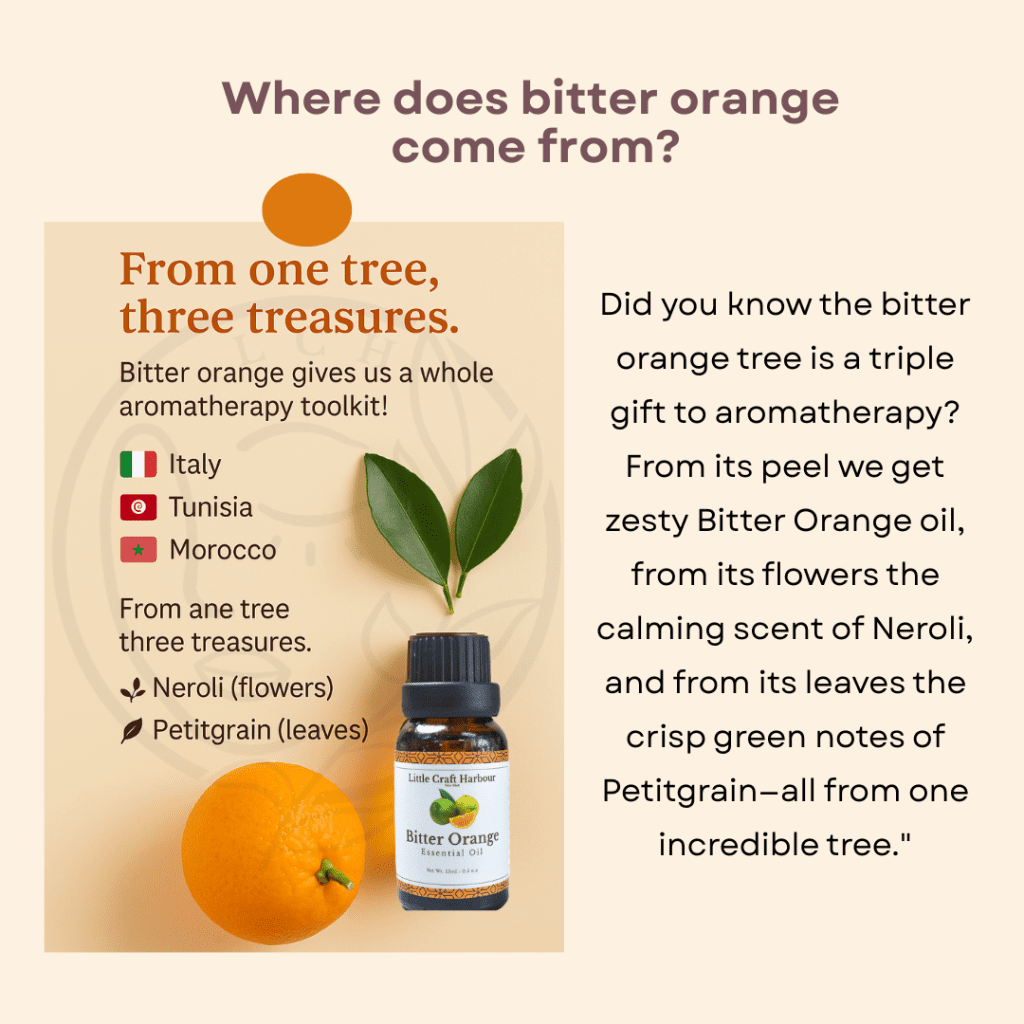
To really appreciate bitter orange, it helps to understand its aromatic siblings:
- Neroli Essential Oil – Steam-distilled from the blossoms. It’s sweet, floral, and incredibly calming. Neroli is one of the most precious essential oils in the world, often used for soothing the nervous system and rejuvenating the skin.
- Petitgrain Essential Oil – Steam-distilled from the leaves and twigs. Its scent is fresh, green, and slightly woody. Petitgrain is often used in blends to reduce stress, ease tension, and support restful sleep.
- Bitter Orange Essential Oil – Cold-pressed from the peel. This one bursts with zesty citrus energy and a subtle herbal twist. It’s uplifting, energizing, and versatile.
Three oils. Three moods. All from the same generous tree.
The Aromatic Profile: What Does Bitter Orange Smell Like?
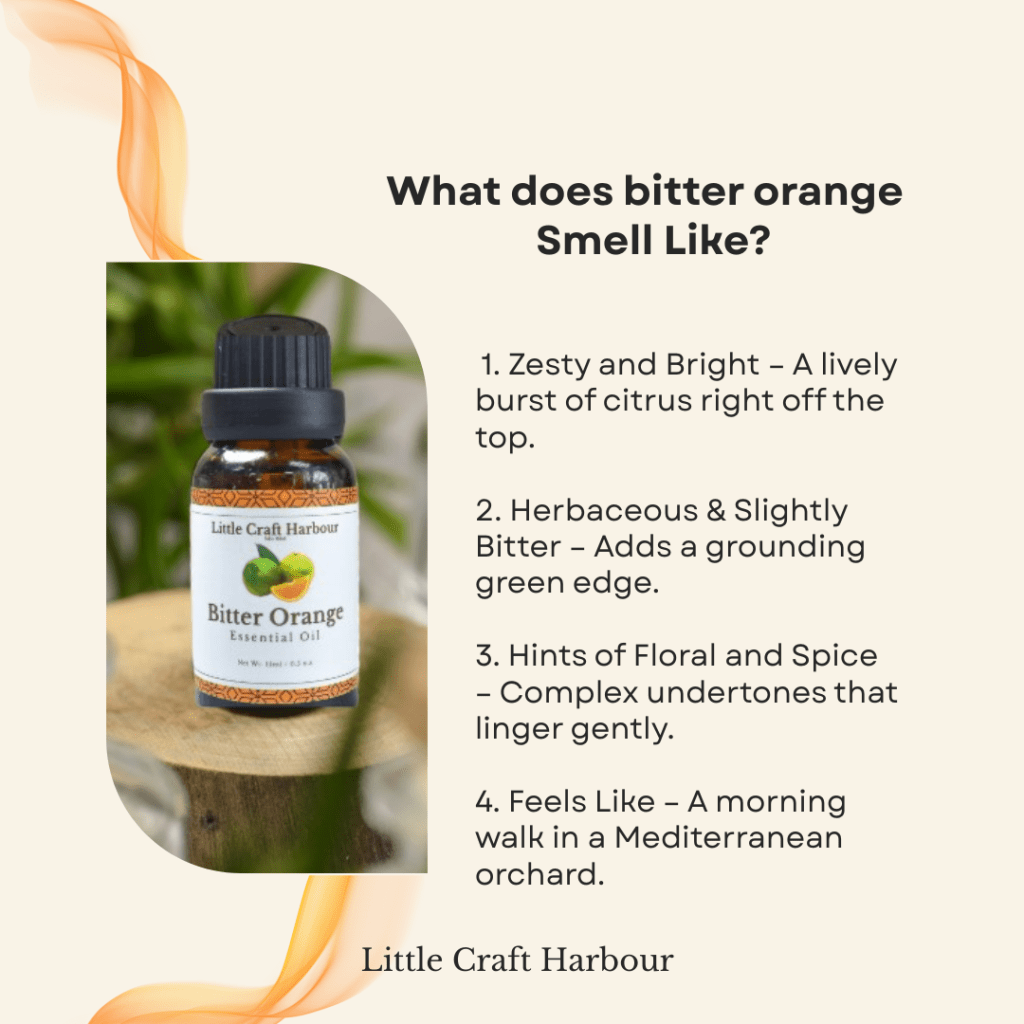
Let’s paint a picture. Imagine strolling through a Mediterranean orchard at sunrise. The air is cool, the trees are heavy with fruit, blossoms are scattered among the branches, and the green leaves give off a crisp freshness. That’s what bitter orange smells like—sunlight, greenery, and citrus, all mingling together.
Here’s the breakdown:
- Zesty & Bright – A sparkling, clean citrus burst, like peeling a fresh orange.
- Herbaceous & Slightly Bitter – A grounding, green edge that keeps it from being too sweet.
- Subtle Floral & Spice Notes – Gentle undertones that whisper of its connection to neroli and petitgrain.
It’s orange—but not simple. It’s citrus with depth, elegance, and a story.
Top 5 Benefits and Practical Uses of Bitter Orange Essential Oil
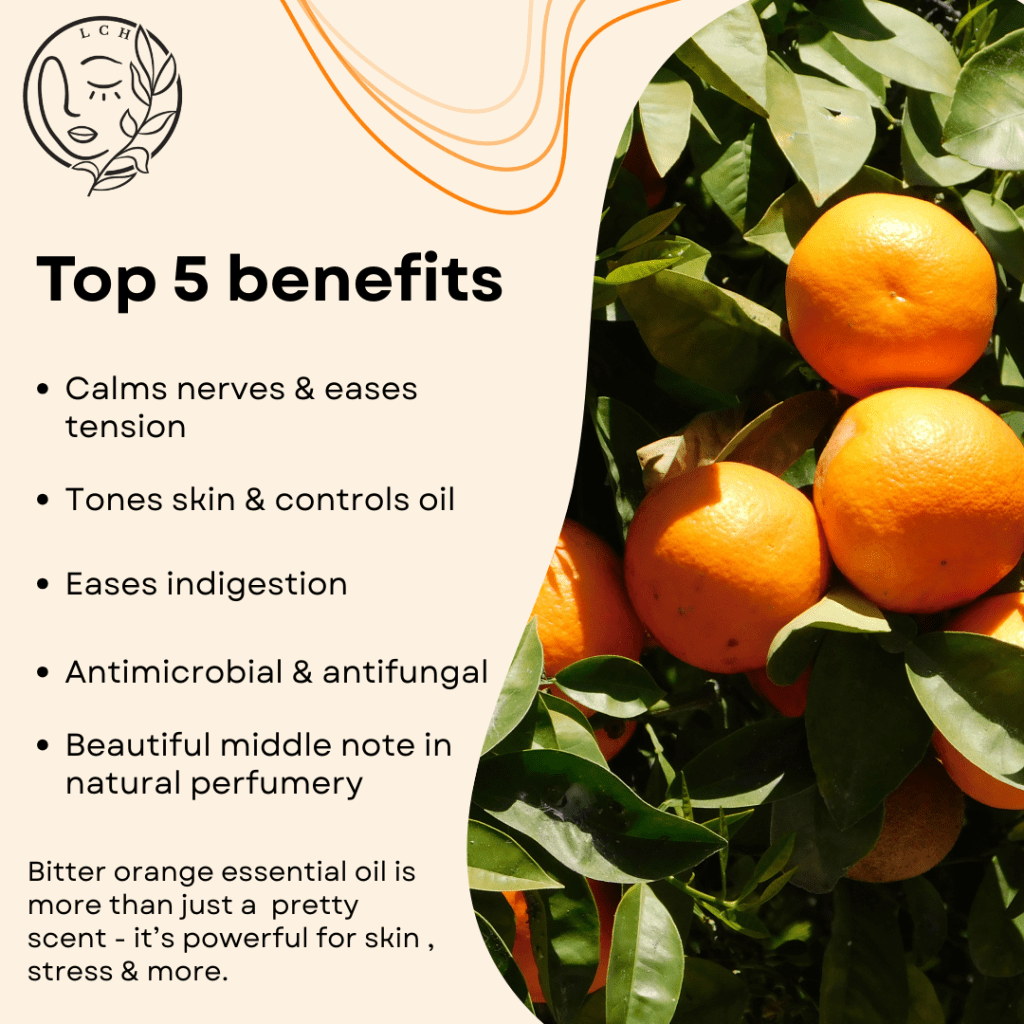
Bitter orange essential oil isn’t just a lovely fragrance. It comes with a host of therapeutic benefits that can support your mood, skin, and home. Here are five of the most practical ways to use it:
1. Calm Nerves and Ease Tension
If your mind feels cluttered or your body is holding onto stress, diffusing bitter orange can help. Its uplifting yet calming aroma makes it perfect for moments when you need both peace and positivity.
How to use: Add 5–7 drops to your diffuser. For a calming bath, blend 5 drops with a tablespoon of carrier oil (like jojoba) before adding to warm water.
2. Balance and Tone the Skin
For those with oily or combination skin, bitter orange oil is a gentle ally. It can help regulate sebum, freshen the complexion, and support clearer pores without harshness.
How to use: Mix 1 drop into your moisturizer, or create a simple toner with 2 drops of bitter orange and a small bottle of witch hazel.
(Safety tip: Citrus oils can make skin photosensitive. Avoid direct sun exposure for 12 hours after applying topically.)
3. Support Healthy Digestion
This oil isn’t just for the skin or the senses—it can also be used in a massage blend to ease bloating and occasional indigestion.
How to use: Combine 3 drops with a tablespoon of carrier oil and gently massage onto your stomach in a clockwise motion.
4. Naturally Purify and Freshen the Home
Thanks to its antimicrobial and antifungal properties, bitter orange oil doubles as a natural cleaner. It not only helps purify the air but also leaves behind a fresh, clean citrus scent.
How to use: Mix 10 drops with 1 cup of water and a splash of white vinegar in a spray bottle. Perfect for wiping down surfaces or spritzing the air.
5. Add Elegance to Natural Perfumes
In perfumery, bitter orange is a prized middle note. It ties other scents together and adds richness without overpowering.
How to use: Blend it with bergamot for brightness, ylang-ylang for florals, or sandalwood for a grounding base. The result is a natural, balanced fragrance with depth.
Final Thoughts
Bitter orange essential oil is proof of nature’s generosity. From one tree, we get three completely different oils—but the peel’s bright, complex aroma is something truly special.
Whether you’re diffusing it for calm, using it to refresh your skin, or blending it into a perfume, bitter orange brings more than just “citrus” to the table. It brings character, elegance, and versatility.
It’s a reminder that even something as simple as an orange peel can carry a whole world of beauty inside.

